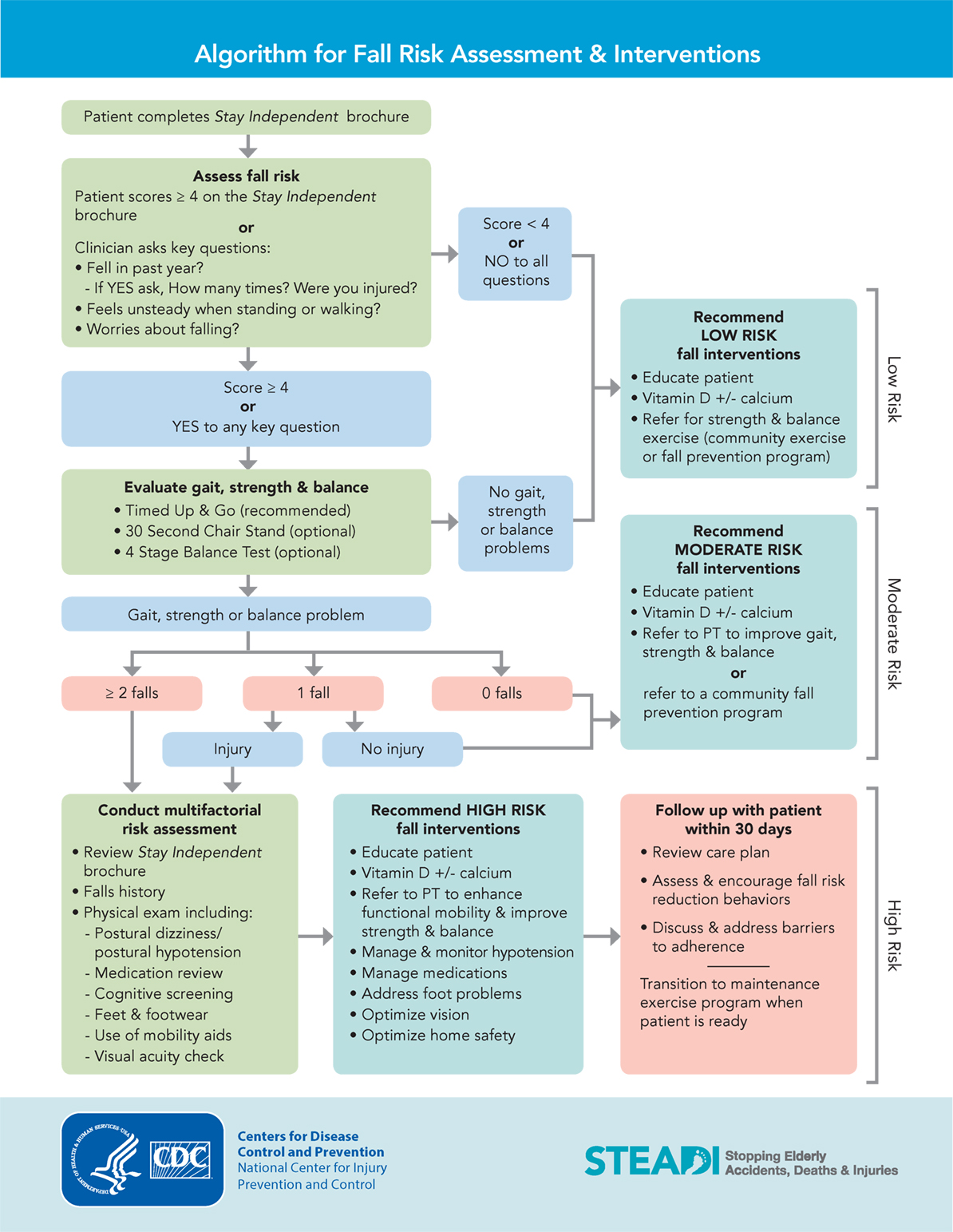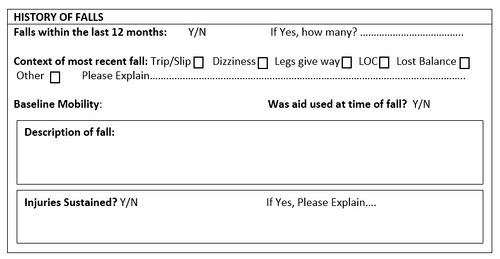The Best Guide To Dementia Fall Risk
The Best Guide To Dementia Fall Risk
Blog Article
Some Ideas on Dementia Fall Risk You Need To Know
Table of ContentsThe Definitive Guide for Dementia Fall RiskThe 6-Second Trick For Dementia Fall RiskSome Known Facts About Dementia Fall Risk.The Main Principles Of Dementia Fall Risk Dementia Fall Risk Fundamentals Explained
You could be nervous since you have actually had a fall prior to or because you have actually seen you're beginning to really feel unstable on your feet. You may have seen changes to your health and wellness, or simply seem like you're decreasing a little. Whatever the reason, it isn't uncommon to come to be careful and shed confidence, and this can stop you doing the things you made use of to do and make you feel extra isolated.If you've had a fall or you've begun to feel unstable, inform your doctor even if you feel great or else. Your physician can inspect your equilibrium and the means you walk to see if improvements can be made. They may be able to refer you for a drops danger assessment or to the drops prevention service.
This info can be obtained through meetings with the individual, their caretakers, and a review of their clinical documents. Begin by asking the private about their background of falls, including the frequency and scenarios of any current falls. Dementia Fall Risk. Ask about any kind of wheelchair troubles they might experience, such as unsteady or problem strolling
Conduct a detailed testimonial of the individual's drugs, paying specific interest to those understood to enhance the risk of drops, such as sedatives or medications that reduced blood stress. Figure out if they are taking multiple drugs or if there have been current changes in their medicine program. Evaluate the person's home environment for potential dangers that could boost the risk of falls, such as inadequate lights, loose rugs, or absence of grab bars in the washroom.
Dementia Fall Risk - Truths
Overview the individual with the fall danger analysis form, describing each concern and recording their actions properly. Make sure that the individual comprehends the purpose of the assessment and feels comfy providing sincere responses. Determine the overall risk score based on the actions supplied in the assessment form. Identify the individual's danger category (low, medium, or high) based on the overall score and the existence of automated high-risk status aspects.
This strategy may consist of exercise programs to improve toughness and equilibrium, medicine modifications, home adjustments, and referrals to various other professionals as needed. Regularly keep an eye on the person's progress and reassess their risk of falls as needed. Customize the treatment strategy based on changes in their health status or home environment. Give continuous education and assistance to advertise security and decrease the threat of drops index in their daily living tasks.
Several research studies have shown that physical treatment can assist to reduce the danger of falling in grownups ages 65 and older. In a brand-new research study (that looked at drops risk in ladies ages 80 and older), scientists determined the economic influence of choosing physical therapy to prevent drops, and they found that doing so conserves $2,144, including all the concealed costs of your time, pain, missed out on life events, and the bucks paid for services.
The Facts About Dementia Fall Risk Revealed
Checking your heart rate and high blood pressure dimensions at remainder and while you change placements (from resting or existing to standing). A basic examination of your thinking (cognitive) capacities. Examining your equilibrium, toughness, and walking ability. An easy vision test. Assessing your feet and footwear. A home security assessment. Based on the assessment results, your physical specialist will create a strategy that is tailored to your details demands.
Older adults that have trouble walking and chatting at the very same time go to a greater threat of dropping. Dementia Fall Risk. To aid boost your safety and security throughout day-to-day activities, your physiotherapist might make a training program that will his response certainly test you to keep standing and strolling while you do an additional job. Instances include walking or standing while counting backward, having a conversation, or bring a bag of grocery stores
Set objectives for boosting their physical activity. Work out a lot more to boost their stamina and equilibrium. These programs usually are led by volunteer instructors.
The smart Trick of Dementia Fall Risk That Nobody is Talking About

Measles, or rubeola, is a very transmittable, intense viral infectious disease created by the measles infection. Some individuals think about measles as just a rash and fever that improves in a few days; nonetheless, measles can cause serious health difficulties, specifically in youngsters younger than 5-years-old. The best defense versus measles is the measles, mumps, and rubella (MMR) vaccine.
Autumns are an usual source of injury amongst older grownups. According to the CDC, in one year alone, fall-related injuries added to over $50 billion in medical expenses (Dementia Fall Risk). In health center settings, older grownups are at particularly high danger of falls because their minimized wheelchair from being confined to an area or bed.
Fascination About Dementia Fall Risk

She has no background of falls, her gait is steady, and she voids with no issues. The previous nurse states that go she calls for aid to the restroom when she requires to go.
Examples of common fall interventions/measures include: Ensuring a client's necessary items are within reach. Beyond recognizing just how to use the Johns Hopkins Fall Danger Evaluation Tool, it's crucial that facilities integrate its usage into a much more extensive autumn prevention plan.
Report this page